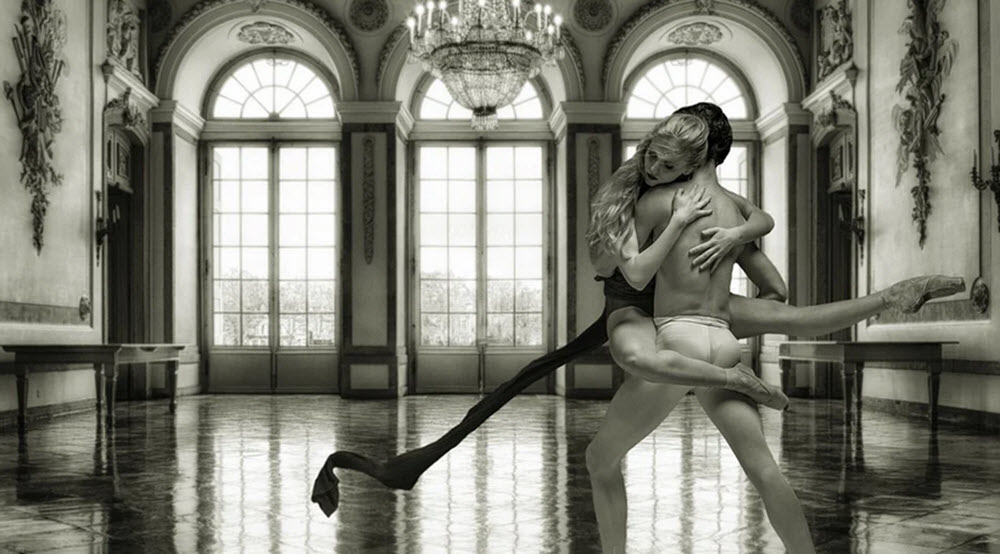Contents
A choreographer designs sequences of movements for physical bodies or their depictions. The term choreography is often used to refer to these designs. The field of choreography includes areas such as dance choreography, theatre and musical theatre choreography, stage fight choreography, gymnastics choreography, ice skating choreography, and cheerleading choreography – just to mention a few.
The word choreography is derived from two Greek words: “χορεία” (a type of Greek circular dance) and “γραφή” (writing). It thus means dance writing. The use of the word choreographer is quite new, even though the practice itself is old. Prior to the 20th century, a dance on stage would have been referred to as “staged by N.N” rather than “choreographed by N.N.”. In early movie credits, we sometimes see the term “ensembles staged by N.N.”.
The oldest known use of the term “choreography by” in American English is from 1936, when the Broadway show On Your Toes was marketed as a work with “Choreography by George Balanchine” instead of “Dance Staged by George Balanchine”.
Dance choreography
In the world of dance, the term choreography can mean both the design of a dance and the act of creating such a design. An alternative name for dance choreography is dance composition.

What is dance notation?
Dance notation is used to write down and express the choreography of a dance. It can, for instance, involve graphic symbols, path maps, letter and word notations, and numerical systems.
There are several different dance notation systems available, and some are more suitable for a certain dance type than others.
Computer-generated dance choreography
With computer-generated dance choreography, algorithms are employed to create dance designs. One example from the 20th century is when Merce Cunningham used the Lifeforms software to create dance works. In 1998, the choreographer Michael Klien and programmer Nick Rothwell launched the software ChoreoGraph. This program was used to make dance designs for illustrious houses such as the Volksoper Vienna (for the work Nodding Dog) and Ballet Frankfurt.
Fight choreography
The fight choreography is the design of stage combat, e.g. for the theatre or for movies. Typically, the fight choreography is employed to create an illusion or feeling of physical combat without anyone actually being injured. The fight choreography is employed both for live performances (stage plays, opera, ballet and more) and for filmed fights (movies, TV-shows and more).
Non-injury stage fighting and other forms of mock combat is definitely not a new thing. The Ancient Greek historian Herodotus, born in 484 BC, did, for instance, write about a religious festival in Egypt where participants would beat each other with staves in front of spectators without killing each other.
Ritualised displays of fighting skills are known from a wide range of societies, a multitude of time-periods and many different geographical locations around the globe. In some societies, these displays have evolved into elaborately choreographed war dances, blurring the line between dance choreography and stage fight choreography.
In the Late Middle Ages, choreographed fencing bouts became popular in parts of Europe, including the German-speaking region. Some of the surviving German fencing manuals from this era include very flamboyant techniques that would be impractical in actual combat, but look very good in front of an audience.
The medieval theatre also included mock combat on stage. In England, this gradually evolved into the type of stage fighting we know from the Elizabethan plays. One of the first modern-style stage fight choreographers that we know of was Richard Tarleton, who was a member of both William Shakespeare´s acting company and of the London Masters of Defence weapons guild.
